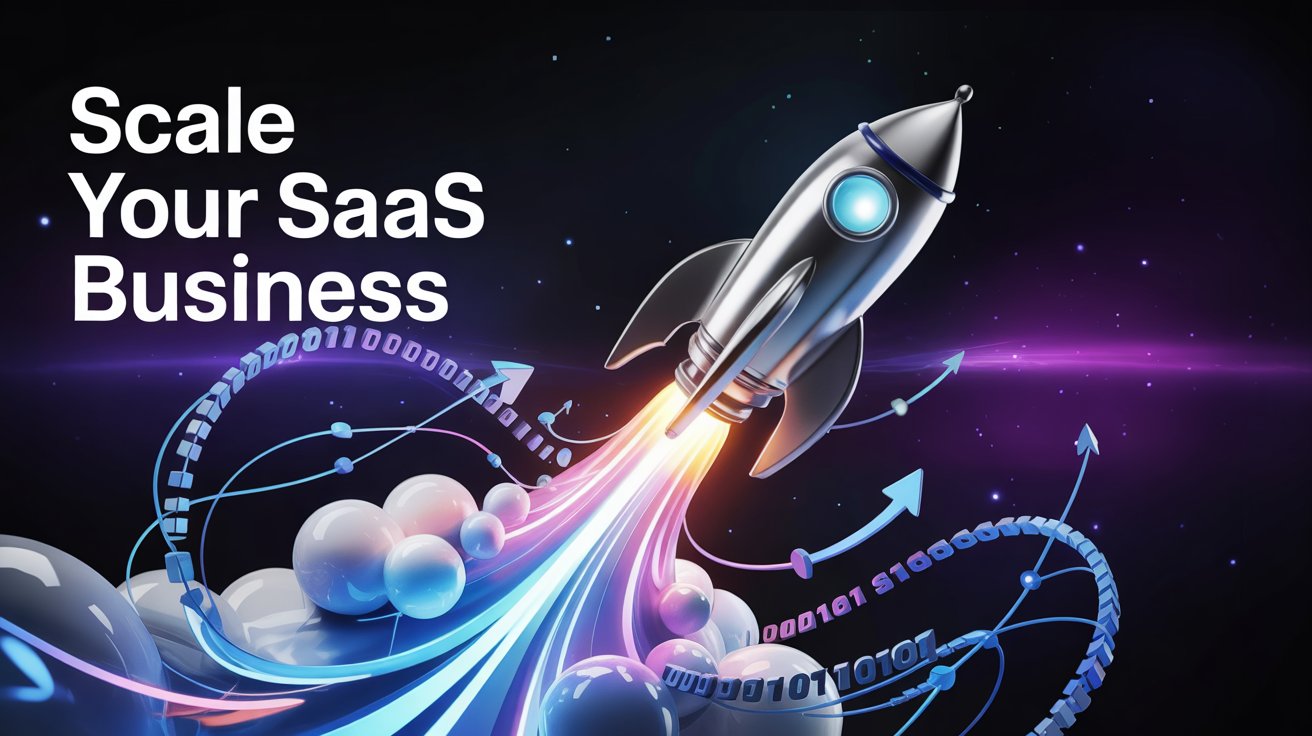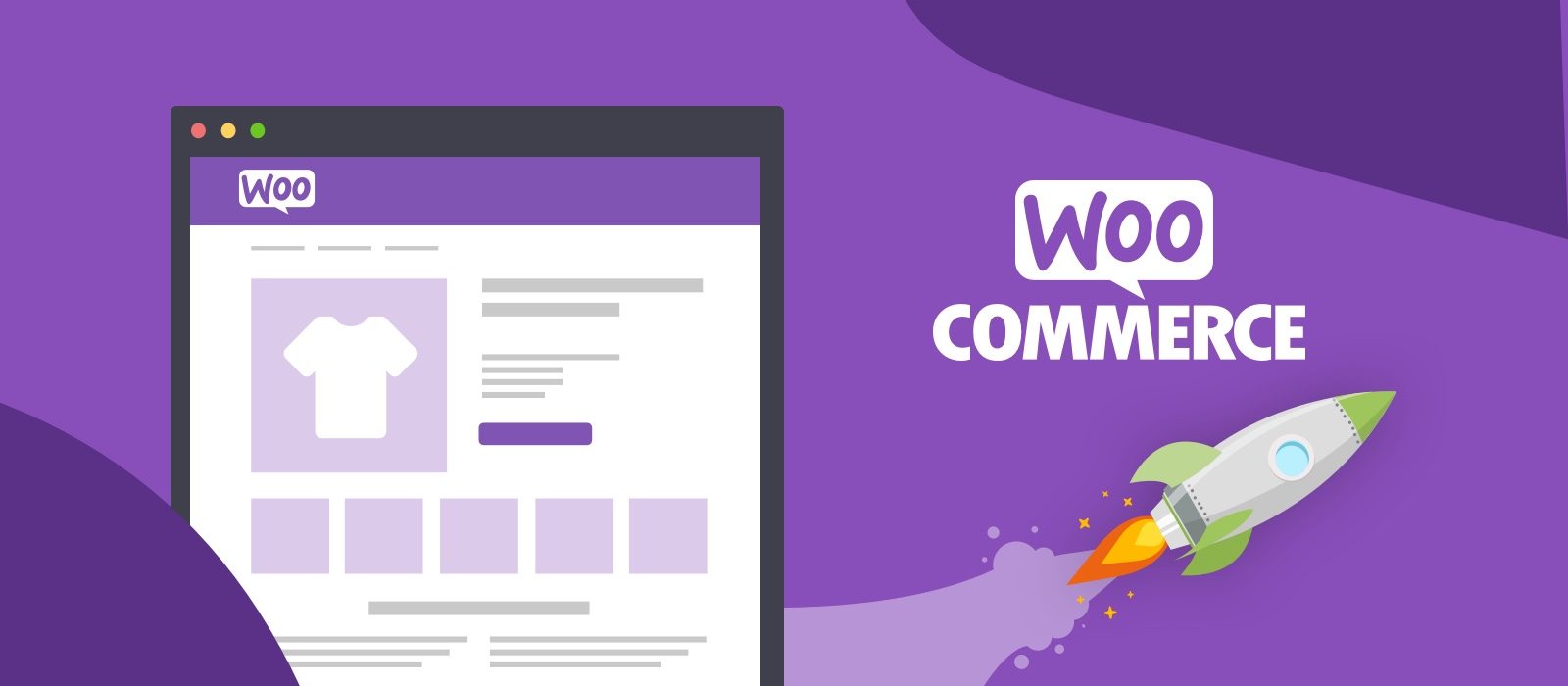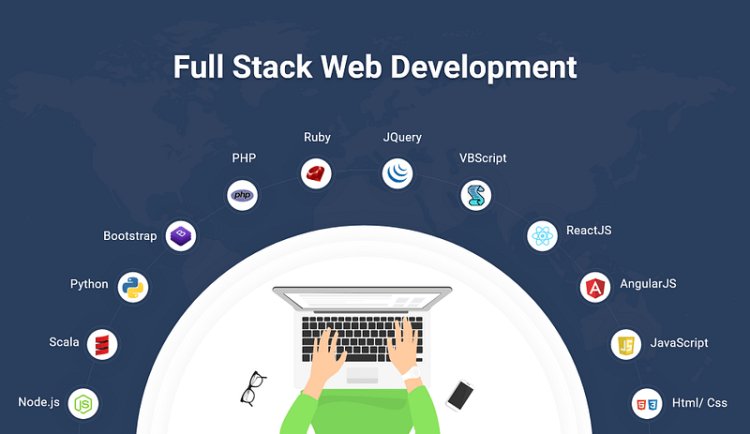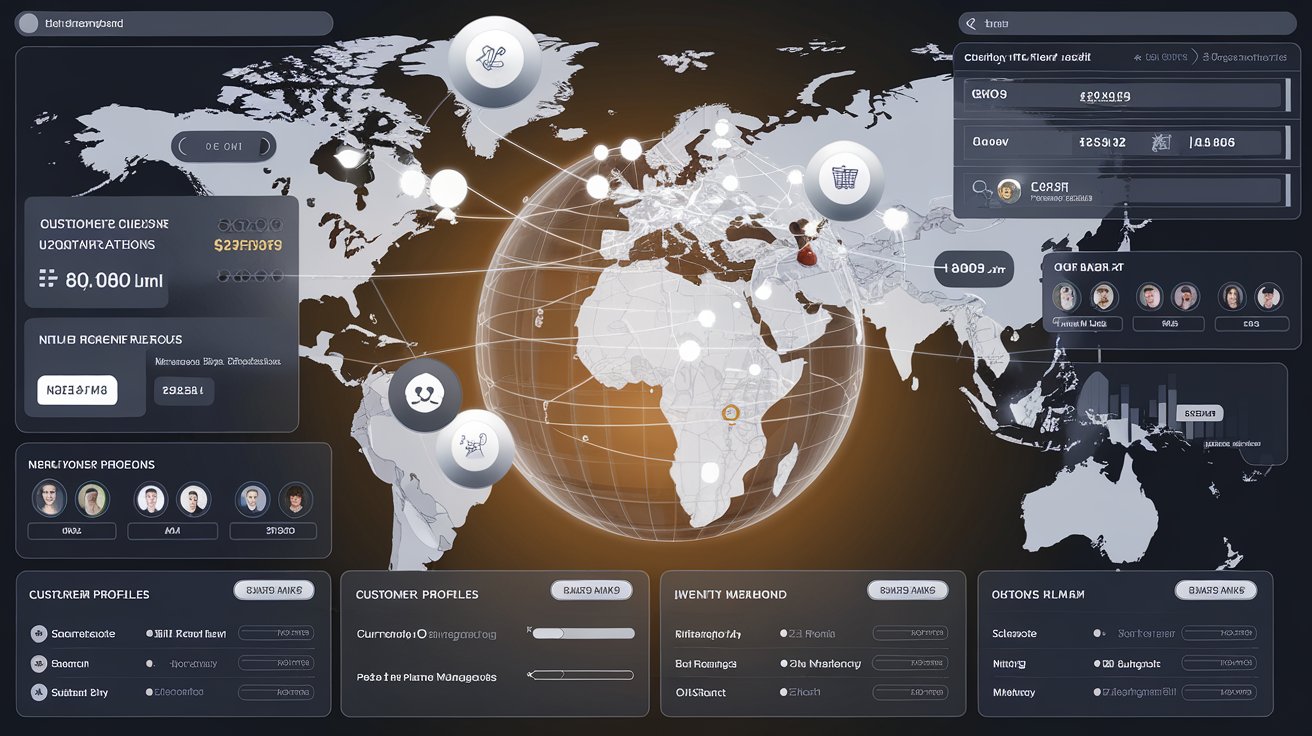5 Must-Have Features for a Scalable SaaS Architecture

Strong 8k brings an ultra-HD IPTV experience to your living room and your pocket.
In today’s competitive digital ecosystem, Software-as-a-Service (SaaS) businesses are growing at breakneck speed. Whether you're launching a new SaaS product or scaling an existing platform, architecture is the cornerstone of long-term success. Scalability, in particular, is not just a feature—it's a non-negotiable foundation. Without a well-architected framework, even the most innovative SaaS product can crumble under the pressure of growth, traffic surges, or complex user demands.
To meet the demands of modern users and ensure long-term sustainability, companies must adopt a scalable SaaS architecture. This approach enables systems to grow seamlessly with increased workloads, handle diverse customer needs, and maintain optimal performance without compromising reliability or security.
This post dives into five must-have features of scalable SaaS architecture. Whether you're a CTO, developer, or product strategist, these elements are critical to delivering a robust, agile, and future-ready SaaS solution.
1. Multi-Tenancy Architecture
At the heart of a scalable SaaS application lies multi-tenancy—the ability to serve multiple customers (tenants) from a single codebase and infrastructure.
Why it matters:
Multi-tenancy drastically reduces operational costs while increasing efficiency. Instead of spinning up individual environments for every customer, you manage one application and database (with logical separation), allowing seamless upgrades, simplified maintenance, and consistent user experiences.
Key Considerations:
Implement tenant isolation at the application and data layer.
Use tenant identifiers (like tenant_id) to manage access and visibility.
Incorporate granular access controls to preserve security between tenants.
Scalability Tip:
Adopt a hybrid multi-tenancy model if your customers range from startups to enterprises—offering shared infrastructure to SMBs and isolated environments for high-value clients.
2. Elastic Infrastructure with Cloud-Native Design
A truly scalable SaaS architecture embraces the elasticity of cloud-native infrastructure. Modern SaaS applications must dynamically adjust compute, storage, and networking resources based on demand—without downtime.
Why it matters:
Static infrastructure leads to over-provisioning (waste) or under-provisioning (downtime). Elasticity ensures optimal resource utilization and cost-effectiveness.
Best Practices:
Build using microservices instead of monoliths to scale individual components independently.
Leverage containers and orchestrators like Docker and Kubernetes for seamless deployment, scalability, and resilience.
Use auto-scaling groups and load balancers to adapt to user demand in real time.
Cloud Providers to Consider:
AWS with services like ECS/EKS, Lambda, and Auto Scaling.
Azure App Services and AKS for rapid deployment.
Google Cloud Platform (GCP) for container-first workloads.
Scalability Tip:
Embrace Infrastructure as Code (IaC) using tools like Terraform or AWS CloudFormationto automate deployment and scaling.
3. Robust API-First Approach
APIs are the backbone of modern SaaS platforms. An API-first approach ensures that your application is modular, extensible, and can seamlessly integrate with external systems, third-party services, or partner platforms.
Why it matters:
APIs decouple the backend from the frontend and allow your SaaS product to evolve without disrupting existing user workflows. Moreover, it opens the door for integrations and ecosystems—key to long-term growth.
What to Include:
RESTful or GraphQL APIswith comprehensive documentation.
Version control to avoid breaking changes for consumers.
Throttling and rate limiting to prevent abuse and maintain performance.
Developer Experience (DX) is Key:
Well-designed APIs with developer-friendly docs and SDKs improve adoption and retention. Consider offering a sandbox environment for testing integrations.
Scalability Tip:
Design APIs to be stateless and asynchronous wherever possible to reduce coupling and increase flexibility.
4. Observability, Monitoring, and Real-Time Analytics
What you can’t see, you can’t scale. Observability is essential for identifying bottlenecks, tracking user behavior, and maintaining application health.
Why it matters:
Proactive monitoring and logging enable teams to detect anomalies before they become outages. Real-time data analysis drives smarter decisions around capacity planning and feature enhancements.
Core Components:
Logging: Use centralized log aggregation tools like ELK Stackor Datadog.
Monitoring: Set up metrics dashboards (Grafana, Prometheus, CloudWatch).
Tracing: Implement distributed tracing for microservices using OpenTelemetry or Jaeger.
Alerts: Set thresholds and automated alerts for CPU spikes, failed transactions, and response latency.
User Behavior Analytics:
In addition to backend observability, integrate tools like Mixpanel or Segment to track customer journeys, feature adoption, and churn signals.
Scalability Tip:
Automate incident response workflows with tools like PagerDuty or Opsgenie, and use AI-powered anomaly detection to spot hidden trends.
5. Data Scalability and Resilience
Your SaaS application is only as scalable as your data strategy. From customer records and transactional logs to product metadata, data must be handled with resilience, speed, and scalability in mind.
Why it matters:
As your user base grows, so does your data. Inefficient querying, poor schema design, or lack of indexing can cripple performance. A scalable data layer ensures the app remains performant regardless of data volume.
Strategies for Data Scalability:
Use horizontal partitioning (sharding) for large datasets.
Embrace read replicas for high-read workloads.
Implement caching layers using Redis or Memcached.
Consider NoSQL databases (like MongoDB or DynamoDB) for flexible, high-throughput needs.
Data Resilience Must-Haves:
Regular backups and automated disaster recovery.
Geo-redundant storage for high availability.
Failover mechanisms to switch databases or services seamlessly during outages.
Scalability Tip:
Use event-driven architectures (e.g., Kafka, Amazon SNS/SQS) to decouple data producers from consumers and manage high-volume data ingestion efficiently.
Bonus Tip: Continuous Integration and Deployment (CI/CD)
To support long-term scalability, streamline how code changes are delivered. A robust CI/CD pipeline ensures your team can push updates frequently, safely, and without downtime.
Benefits of CI/CD in SaaS:
Faster time-to-market for new features.
Reduced risk with automated testing and rollback strategies.
Increased developer productivity.
Recommended Tools:
Jenkins, GitHub Actions, GitLab CI/CD, CircleCI for automation.
Kubernetes and Helm for deployment orchestration.
Scalability Tip:
Integrate quality gates like linting, static code analysis, and security scans into your CI/CD process to maintain quality at scale.
Final Thoughts
Scalable SaaS architecture isn't built overnight—it’s the result of thoughtful design, strategic trade-offs, and continuous evolution. As your customer base grows and product matures, having these five pillars—multi-tenancy, elastic infrastructure, API-first design, observability, and data scalability—will ensure your application can meet demand, adapt to change, and outperform competitors.
To build a future-ready platform, many companies turn to SaaS development experts who bring the technical insight and architectural foresight needed to create systems that scale efficiently. Their experience in designing cloud-native solutions, optimizing infrastructure, and implementing best practices plays a pivotal role in accelerating growth while minimizing technical debt.
Whether you're starting from scratch or optimizing an existing product, investing in scalable architecture today prevents costly reengineering tomorrow. And don’t forget—future-ready SaaS platforms thrive when backed by continuous integration, real-time data visibility, and the flexibility to scale every layer of the stack.
Note: IndiBlogHub features both user-submitted and editorial content. We do not verify third-party contributions. Read our Disclaimer and Privacy Policyfor details.







